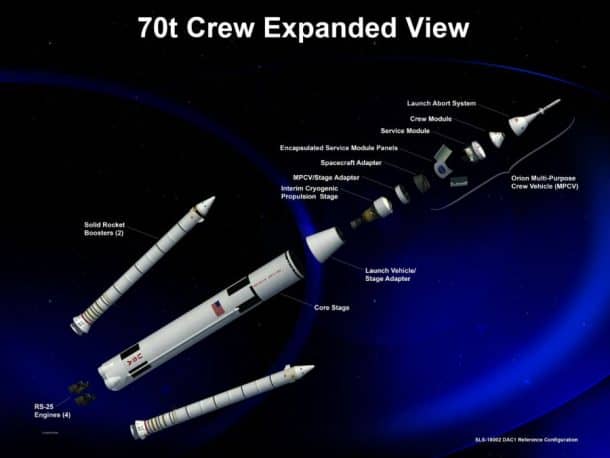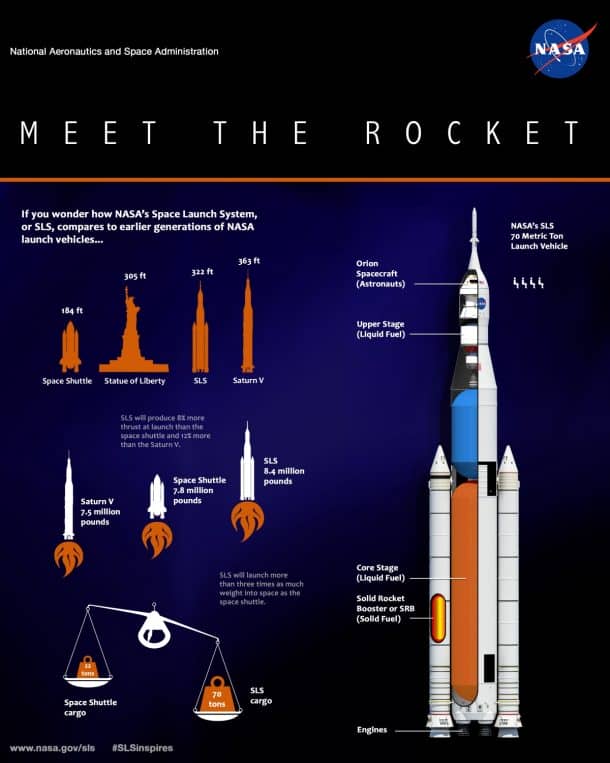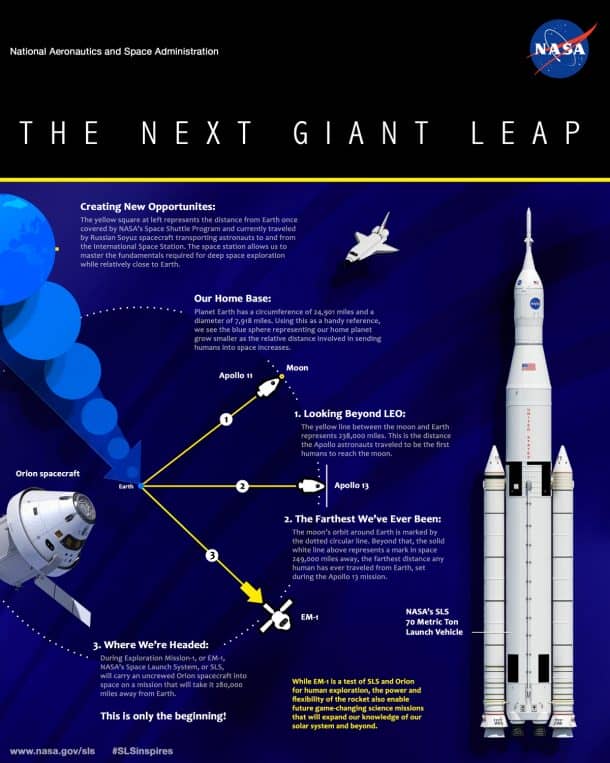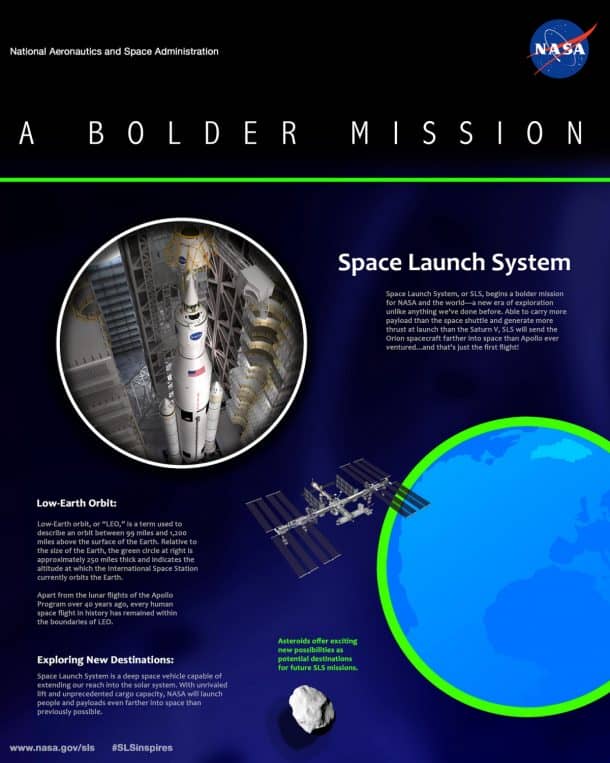The dream of landing on Mars seems all the more realistic now, with NASA’s successful test of the engine that will power the world’s most powerful deep-space rocket, Space Launch System (SLS). The test was a success, and NASA reported no issues across the 7.5-minute duration of the test.

The world is preparing for the launch of humans towards Mars and in that context, this is NASA’s third successful test of RS-25 rocket engine. The work has been fast yet steady, and there are many more of such tests to be expected in the coming months.
NASA claims that Space Launch System (SLS) is going to be the most powerful rocket mankind has seen till yet. The rocket is planned to throw up all this hardware into low Earth orbit once earth’s gravitational pull has been overcome, and then it will be propelled towards Moon and beyond, hopefully, all the way to Mars.

As evident from the YouTube video below, RS-25 engine is truly a monster when it comes to the stunning amount of power, and also due to its sheer size.
Aerojet Rocketdyne, who is US rocket and missile propulsion experts at NASA is credited for the creation and successful tests of the RS-25. But he too admits that this technology wasn’t built in a couple of days. This fact can be gauged from the fact that these engines were once used as space shuttle’s main engines. They also have been used to power 135 missions to low-Earth orbit from 1981 to 2011. But now they are being modified into something more powerful and impressive, as NASA needs them to fire at a much higher performance to meet the needs of the SLS.
The SLS is designed to contain 2 five-segment boosters, and one of this booster was tested earlier this month, along with the four RS-25 main engines.
The solid five-segment boosters are powerful enough to provide 75 percent of the thrust. Rest of the power is obtained from the main engines to break free from Earth’s gravitational field within the first 2 minutes of flight.

The boosters are a mammoth 17 stories high EACH and are capable of burning 5 tonnes of propellant/second to create 3.6 million pounds of propulsive force to kick-start the flight.
The SLS is projected to be taller than the Statue of Liberty when it is completed, and will be able to carry twice as much load as any of NASA’S former space shuttles. It can carry up to four astronauts at a time, and had its first test flight back in December 2014.

NASA’s strategic and logistic collaboration with private space companies like SpaceX and Boeing spells good news for the mission to reach Mars. Now it is just a matter of time before the resilient and committed men at NASA crack the code, and we reach yet another milestone in the history of space travel.
Are you excited about NASA’s journey towards Mars?
Share your emotions in the comments’ section.


